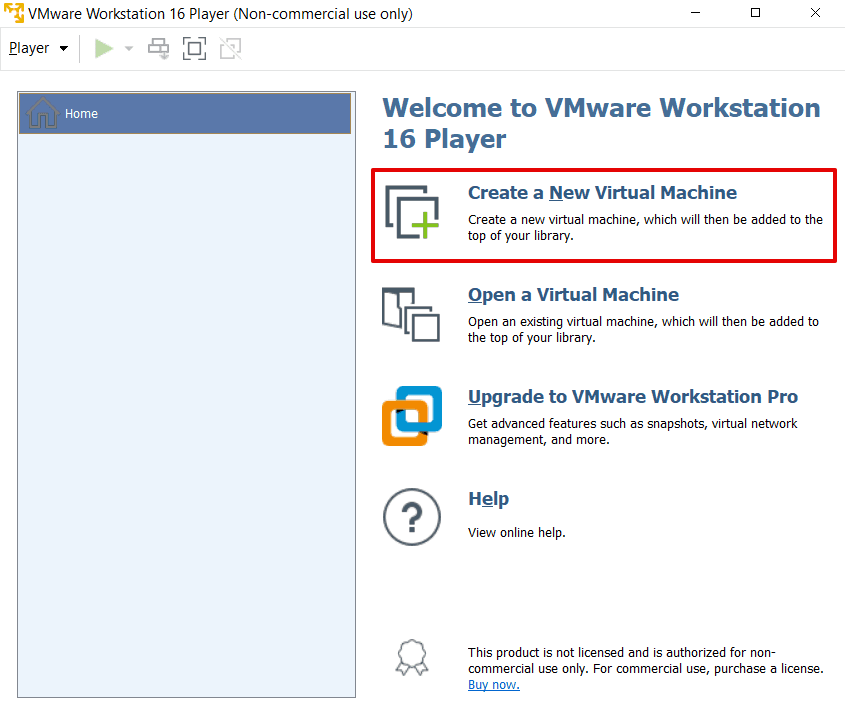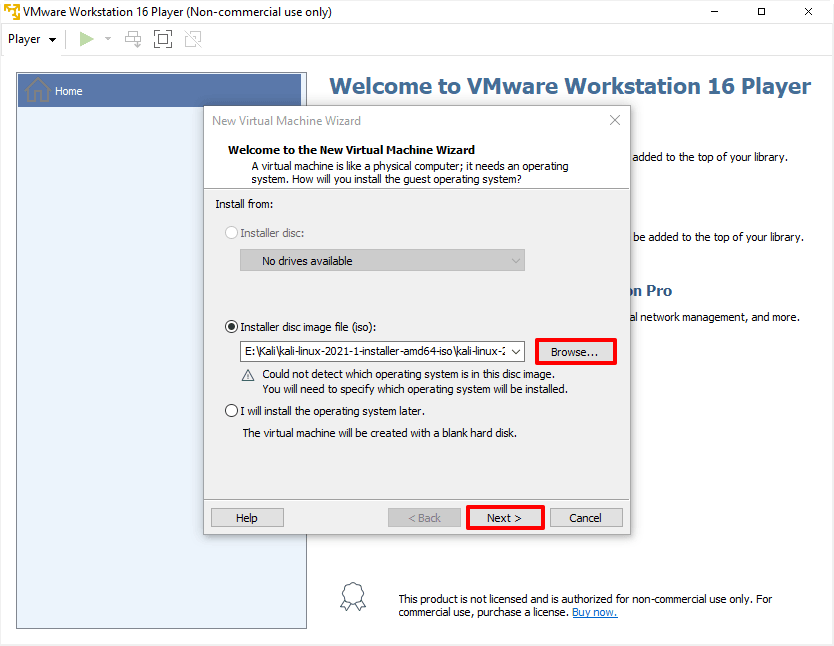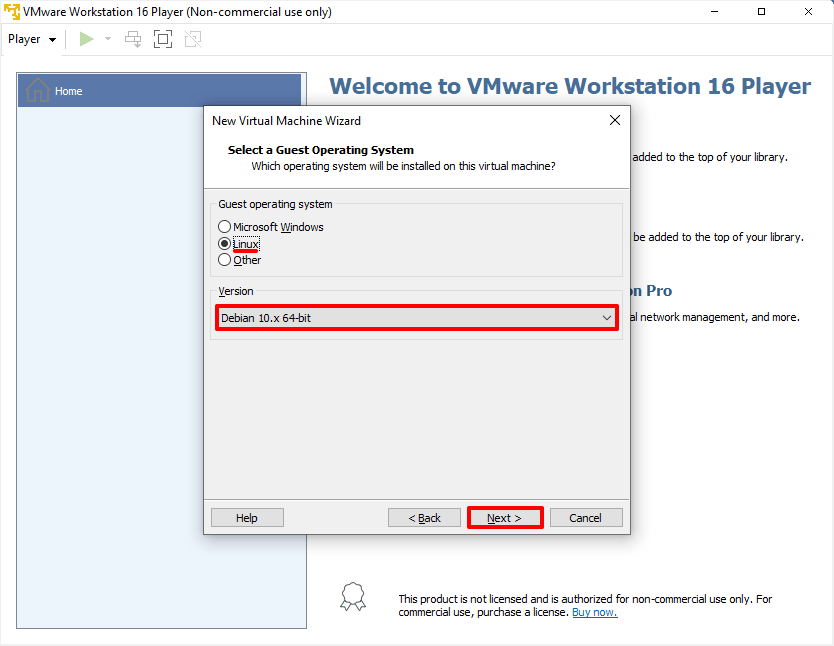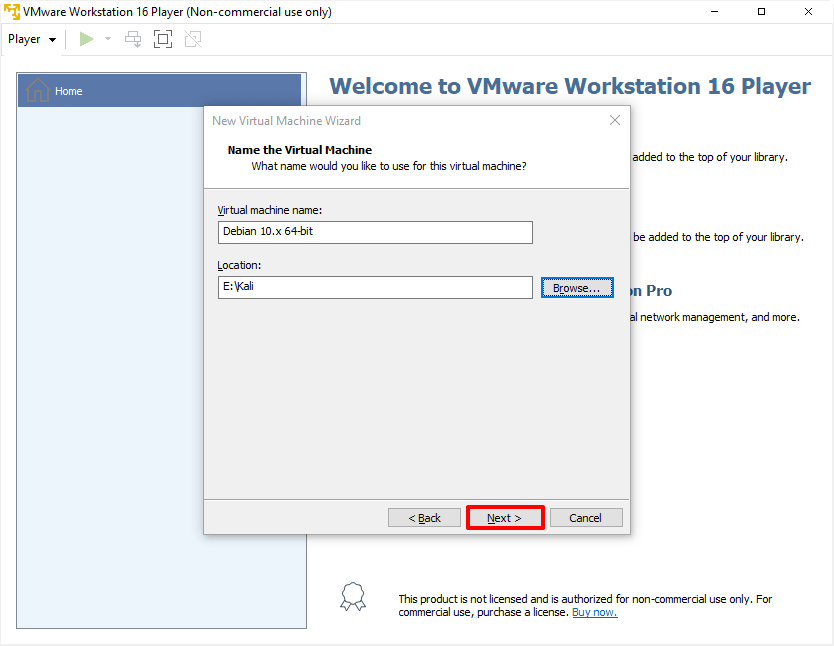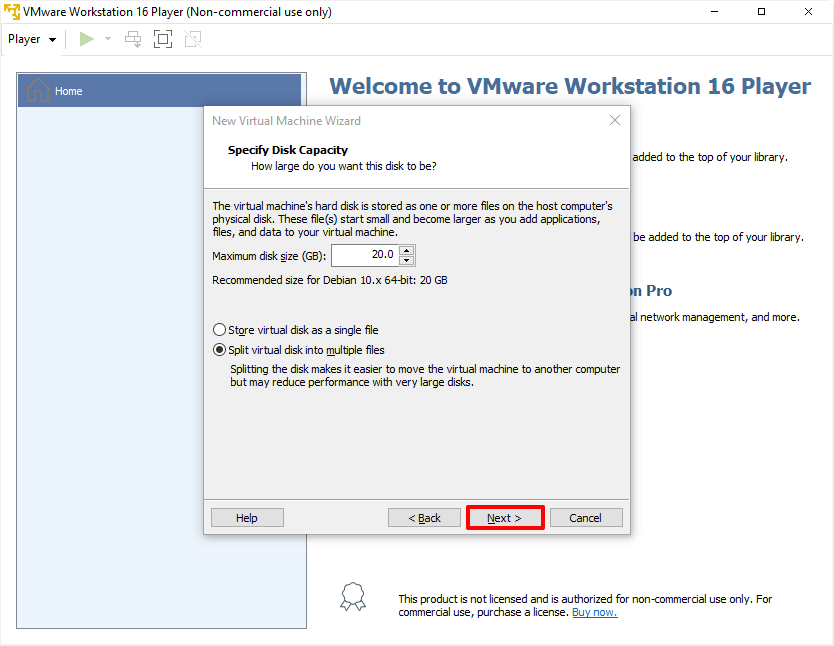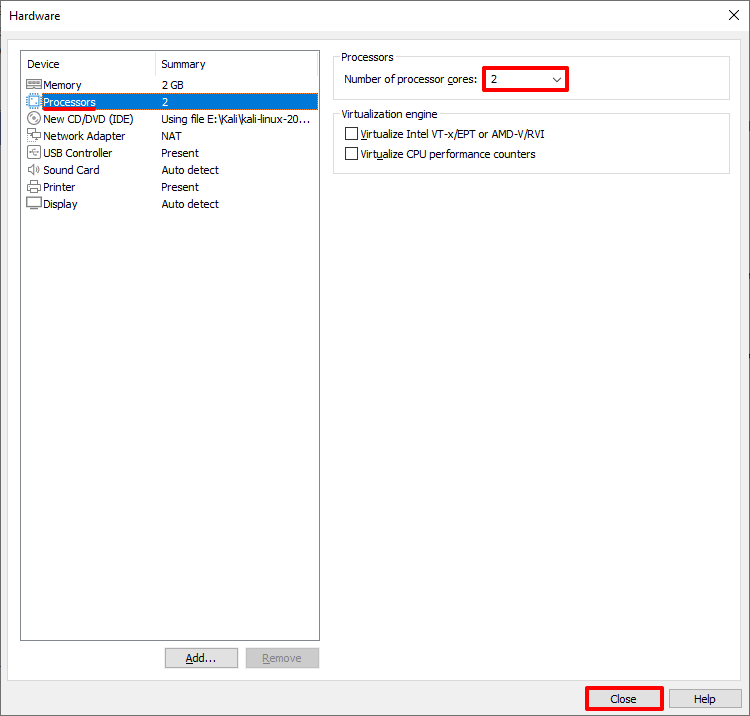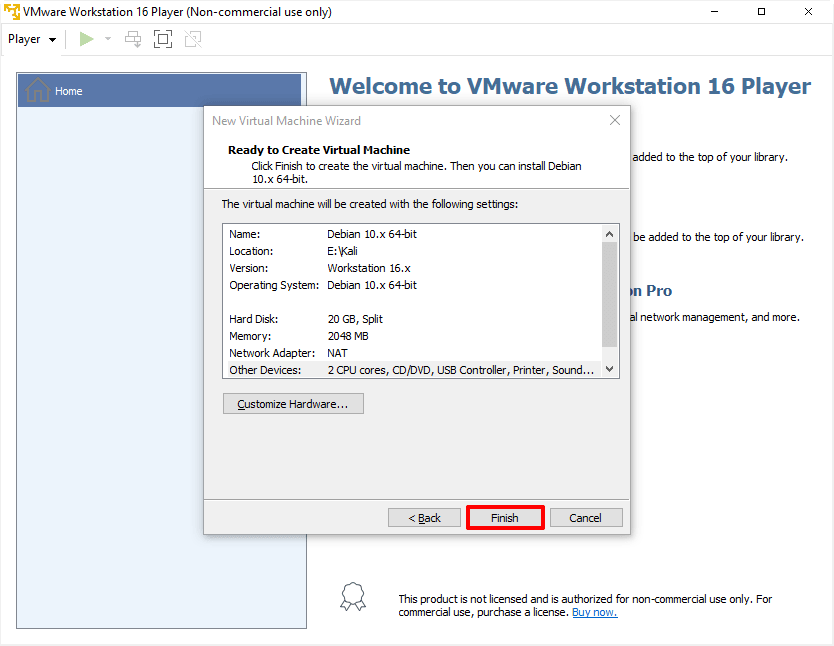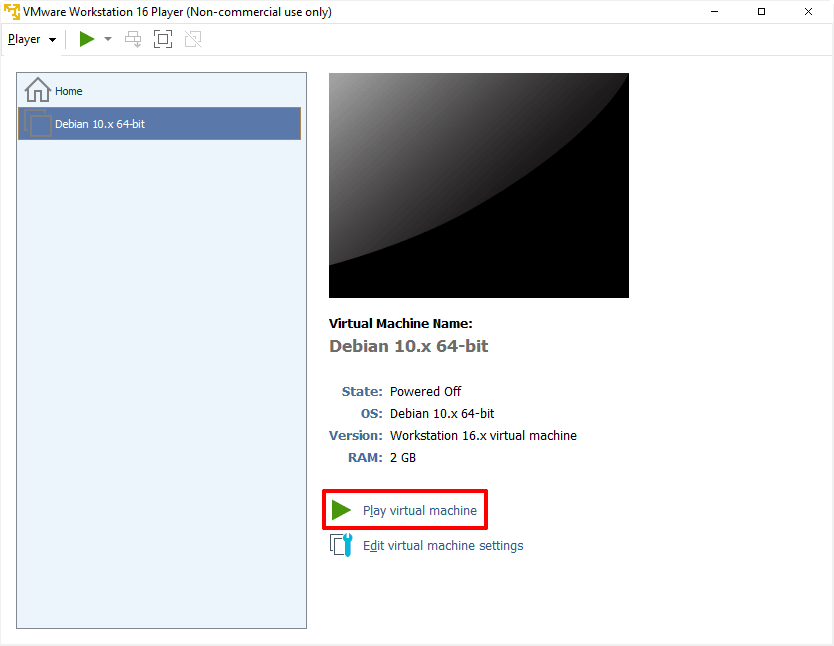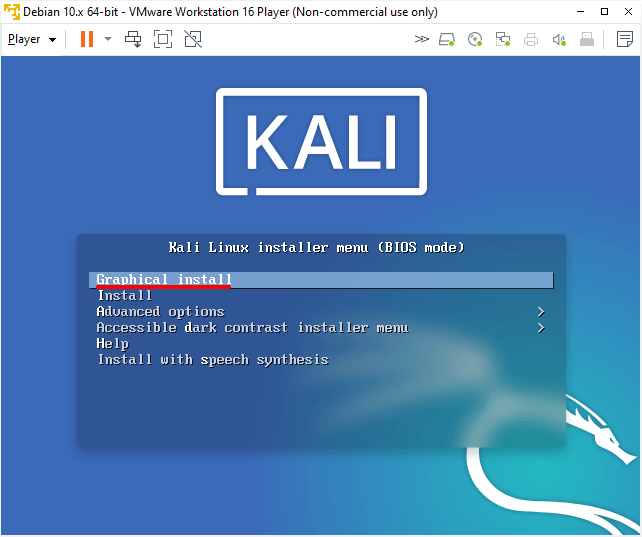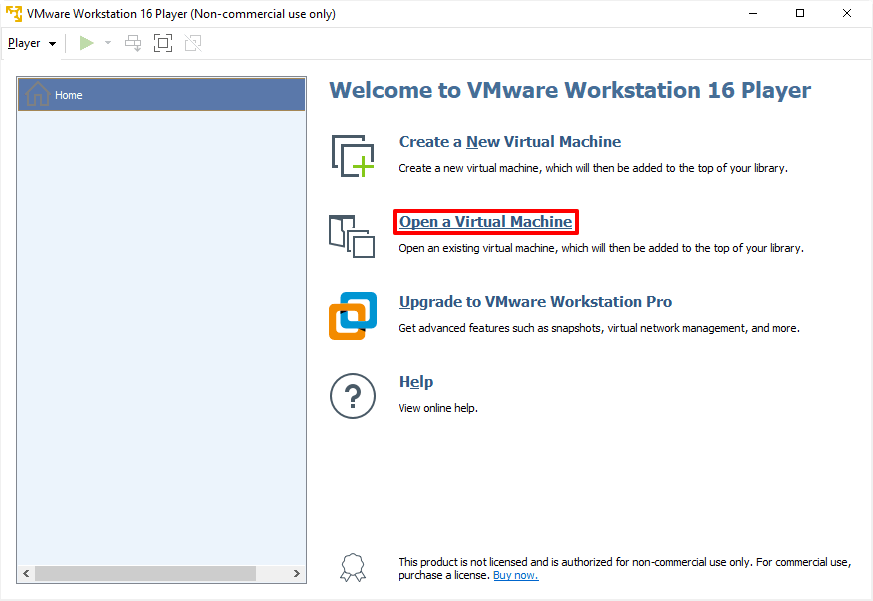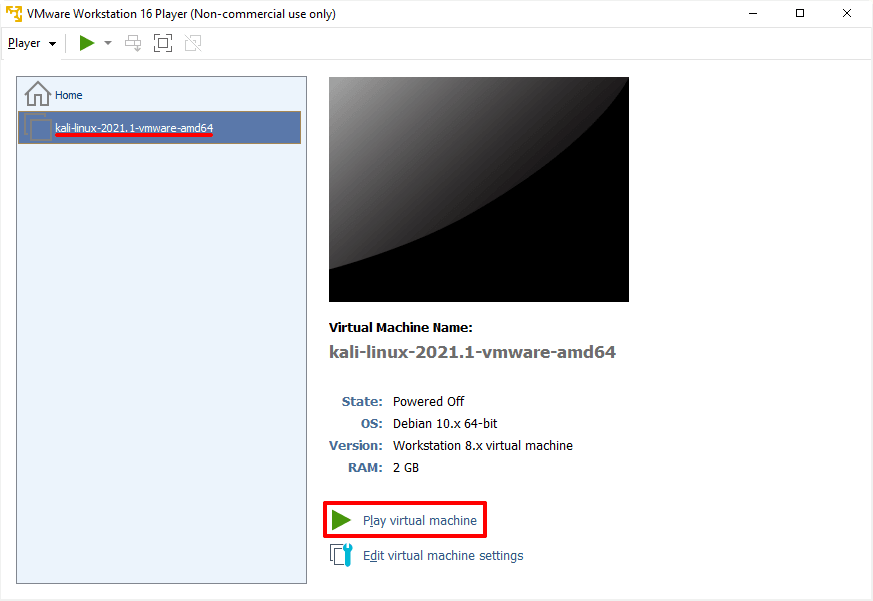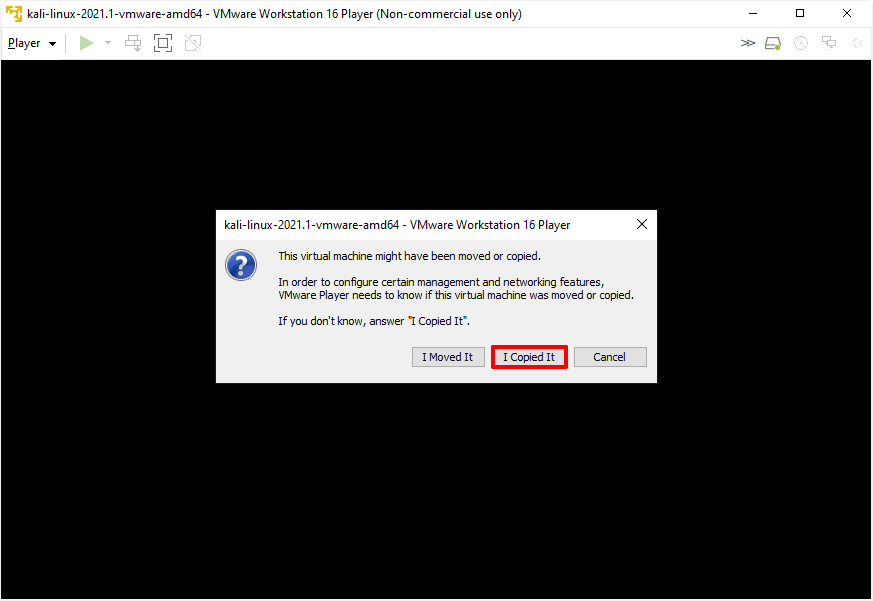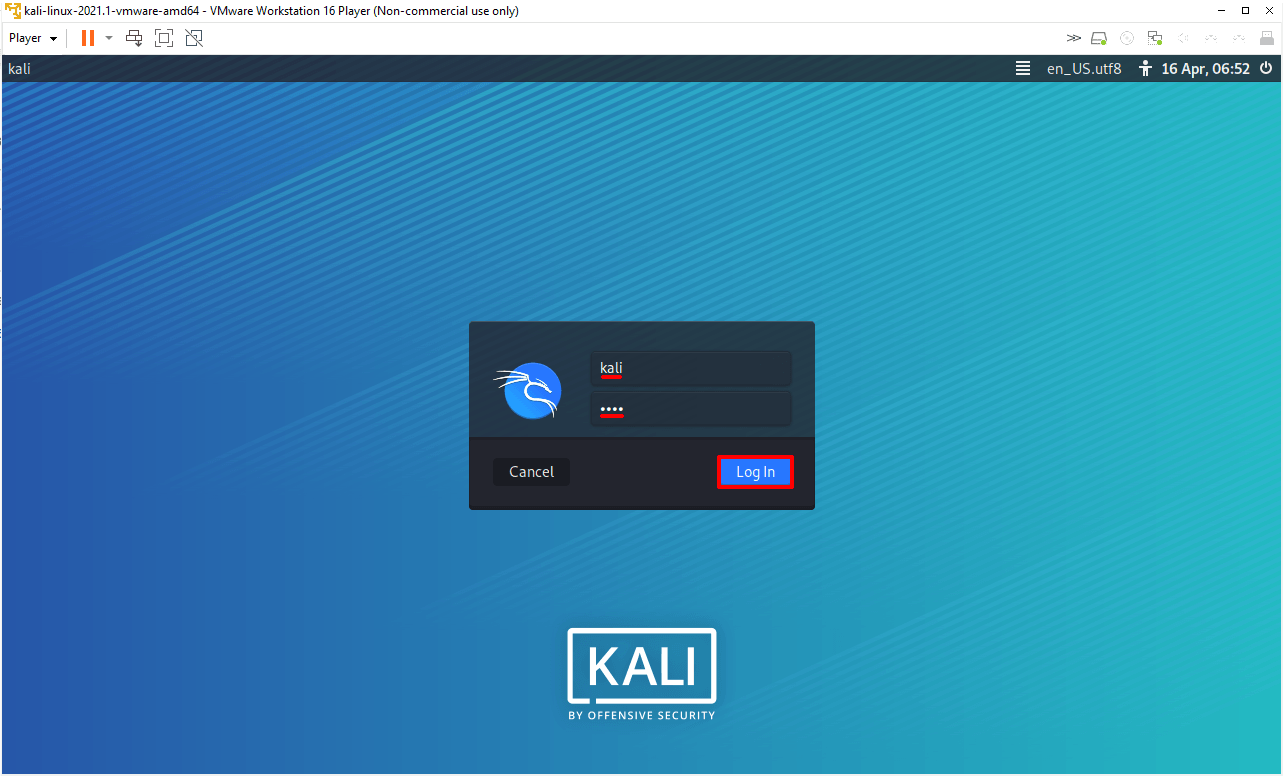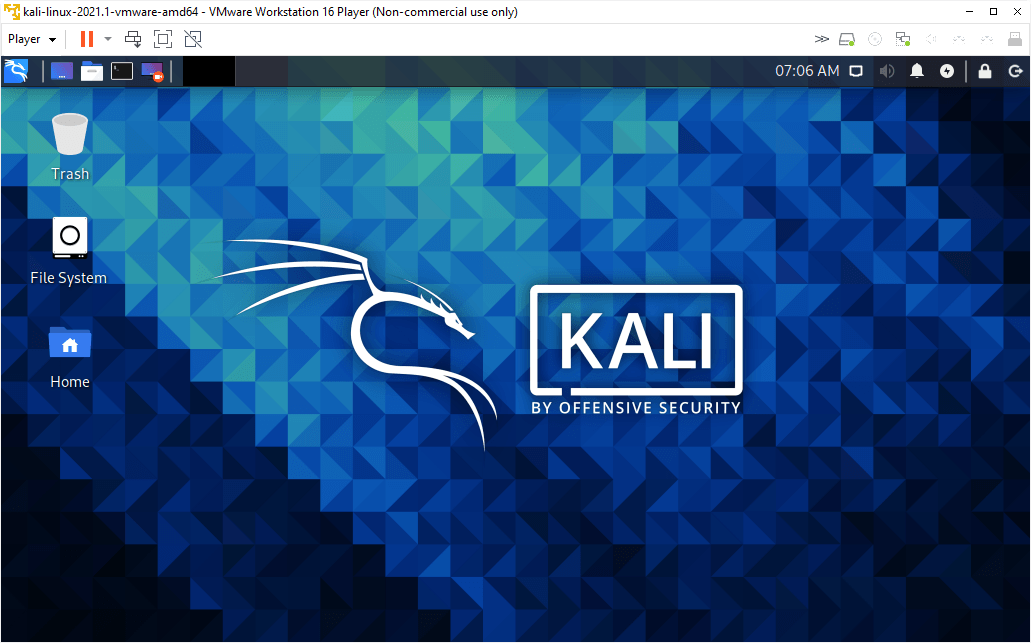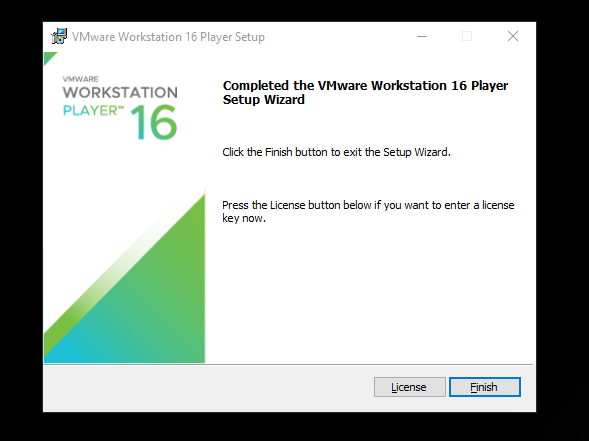- Как установить Kali Linux на VMware Workstation
- Что такое Kali Linux
- Кому подойдет Kali Linux
- Как установить Kali Linux на VMware Workstation
- Как запустить готовую виртуальную машину Kali Linux на VMware Workstation
- How to Install Kali Linux in VMware
- Installing Kali Linux on VMware on Windows and Linux
- Step 1: Install VMWare Workstation Player (on Windows)
- Step 2: Install Kali Linux on VMware
- Where to go from here?
Как установить Kali Linux на VMware Workstation
В статье мы подробно расскажем, что такое Kali Linux и покажем, как проходит установка Kali Linux на VMware Workstation Player.
Что такое Kali Linux
Kali Linux — это дистрибутив ОС Linux. Его разработала американская компания Offensive Security, которая занимается тестированием на проникновение, информационной безопасностью и цифровой криминалистикой. Kali создавался для проекта по проведению тестов на безопасность. В основу его разработки легли такие проекты, как Auditor Security Collection и WHAX.
Kali создан на базе двух дистрибутивов: Debian и BackTrack. BackTrack — это ПО, специально созданное для тестирования безопасности и проведения цифровой криминалистической экспертизы. Первая его версия появилась в 2006 году в формате LiveCD. Уже через шесть лет, с появлением Kali Linux, BackTrack потерял свою актуальность.
В дистрибутив Кали входят такие программы, как Metasploit, Nmap, Aircrack-ng, Ettercap и сотни других приложений и инструментов для пентестинга. С помощью встроенных инструментов Кали можно:
- собирать информацию,
- анализировать уязвимости,
- тестировать беспроводные атаки,
- проводить стресс-тестирования,
- устраивать атаки паролем,
- делать обратный инжиниринг,
- проверять аппаратный взлом и другое.
Сейчас Kali Linux очень активно развивается, новые версии дистрибутива выходят раз в несколько месяцев.
Кому подойдет Kali Linux
Kali стал популярен благодаря сериалу «Mr. Robot» — в картине все взломы и тестирования проходят именно с помощью этой операционной системы. Фигурирование Кали в сериале вызвало резкий рост интереса к ОС среди обычных пользователей. Однако ОС не подходит для решения повседневных задач. Дело в том, что в Кали отсутствуют стандартные офисные программы и пользователь по умолчанию в ней root.
Kali Linux активно используют как добросовестные специалисты по информационной безопасности, так и хакеры и хакерские группировки. Кто чаще всего использует Kali Linux:
- сетевые администраторы поддерживают эффективность и безопасность сети, отвечают за конфиденциальность данных;
- сетевые архитекторы разрабатывают надежные и безопасные среды;
- пентестеры анализируют корпоративную среду на уязвимость и проводят аудит;
- разработчики сетевого оборудования используют дистрибутив для внутреннего аудита и проверки приложений;
- «этичные» хакеры (White Hat Hackers) находят и анализируют уязвимости в мирных целях;
- хакеры «в черной шляпе» (Black Hat Hackers) ищут слабые места и уязвимости системы, чтобы совершить атаки или другие мошеннические действия;
- частные специалисты используют дистрибутив в личных целях.
Кали Linux можно установить как с помощью ISO-файла, так и с помощью готового образа. В инструкциях ниже мы покажем оба способа настройки.
Как установить Kali Linux на VMware Workstation
Запустите Workstation Player и нажмите Create a New Virtual Machine:
Нажмите Browse и в локальной папке компьютера выберите ISO-образ Kali Linux. После этого кликните Next:
Кликните на строку Linux. Так как Kali Linux разработана на основе Debian, выберите в выпадающем списке Debian 10.x 64-bit и нажмите Next:
Введите имя виртуальной машины и выберите директорию для установки. Вы можете оставить параметры по умолчанию и нажать Next:
- Storage virtual disk a single file — в одном большом файле. Если не планируете переносить виртуальную машину на другие компьютеры, выберите этот тип;
- Split virtual disk into multiple files — в нескольких файлах меньшего размера.
По умолчанию для виртуальной машины выделяется одно ядро процессора. Для лучшей производительности выделите как минимум два ядра. Для этого нажмите Customize Hardware: 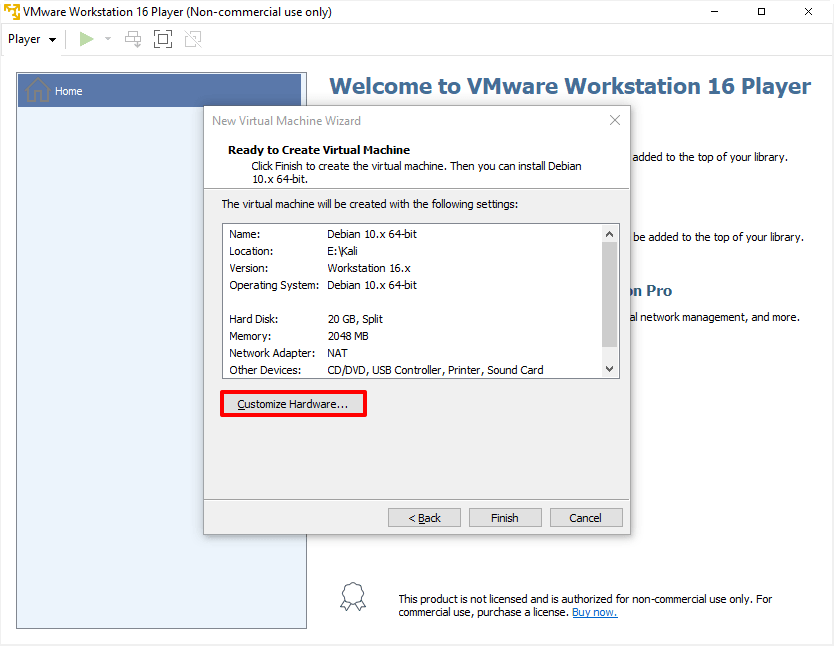
Чтобы завершить настройку, нажмите Finish:
После этого запустите виртуальную машину:
Нажмите Enter, чтобы выбрать установку с графическим интерфейсом. Это самый простой способ установки ОС без работы в командной строке:
Для завершения установки следуйте подсказкам системы. На последнем этапе виртуальная машина будет перезагружена.
Готово, установка завершена.
Как запустить готовую виртуальную машину Kali Linux на VMware Workstation
Запустите WMware Workstation Player и нажмите Open a Virtual Machine:
Откройте папку с файлами виртуальной машины, выберите файл в формате .vmx и нажмите Открыть:
Виртуальная машина появится в списке. Запустите её:
Нажмите I copied It и дождитесь загрузки операционной системы:
Затем нажмите Log In:
Готово, вы запустили операционную систему:
Теперь вы знаете, каким способом можно установить Kali Linux на VMware Workstation и сможете быстро создать виртуальную машину по одной из наших инструкции.
How to Install Kali Linux in VMware
Want to try Kali Linux before making the decision to switch to it? Here’s how you can use Kali Linux in a virtual machine using VMWare.
Kali Linux is the de facto standard of Linux distributions used for learning and practicing hacking and penetration testing. And, if you’ve been tinkering around with Linux distros long enough, you might have tried it out just out of curiosity. However, no matter what you use it for, it is not a replacement for a regular full-fledged desktop Linux operating system. Hence, it is recommended (at least for beginners) to install Kali Linux using a virtual machine program like VMware. With a virtual machine, you can use Kali Linux as a regular application in your Windows or Linux system. It’s almost the same as running VLC or Skype in your system. There are a few free virtualization tools available for you. You can install Kali Linux on Oracle VirtualBox or use VMWare Workstation. This tutorial focuses on VMWare.
Installing Kali Linux on VMware on Windows and Linux
For this tutorial, I presume that you are using Windows, considering most VMware users prefer using Windows 10/11. However, the tutorial is also valid for Linux except the VMWare installation on Windows part. You can easily install VMWare on Ubuntu and other Linux distributions.
Step 1: Install VMWare Workstation Player (on Windows)
If you already have VMware installed on your system, you can skip the steps to install Kali Linux. Head to VMWare’s official workstation player webpage and then click on the “Download Free” button. 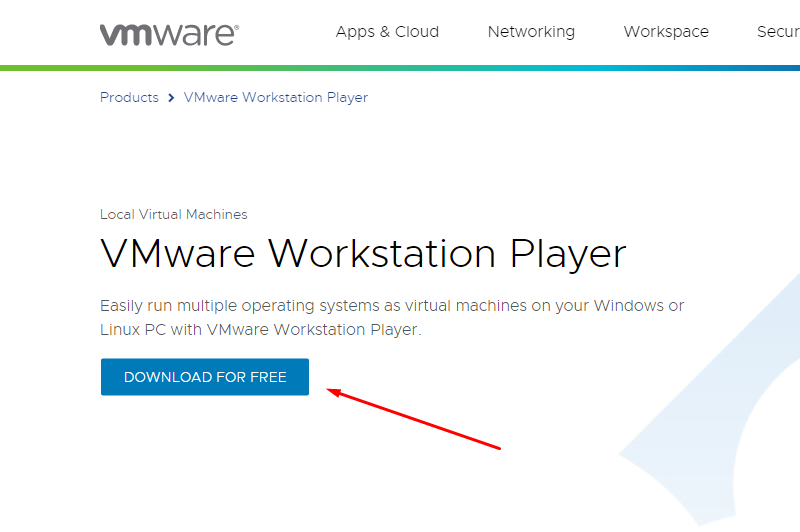
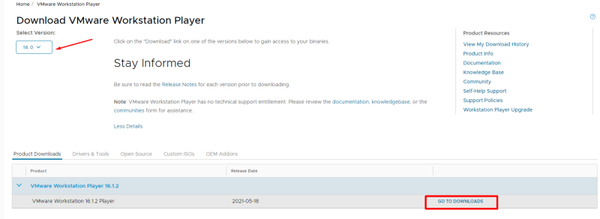

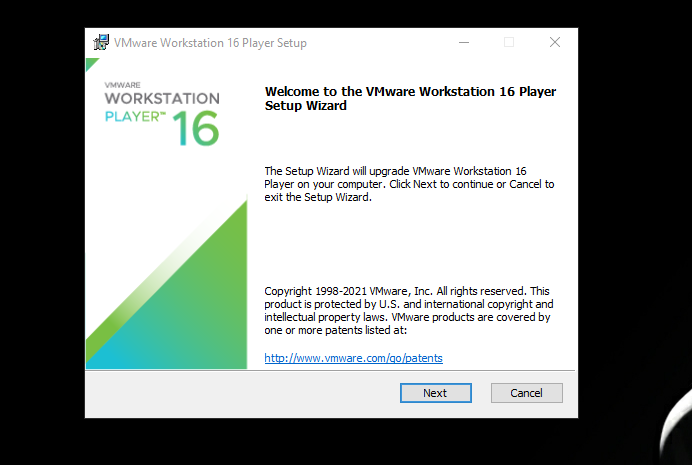
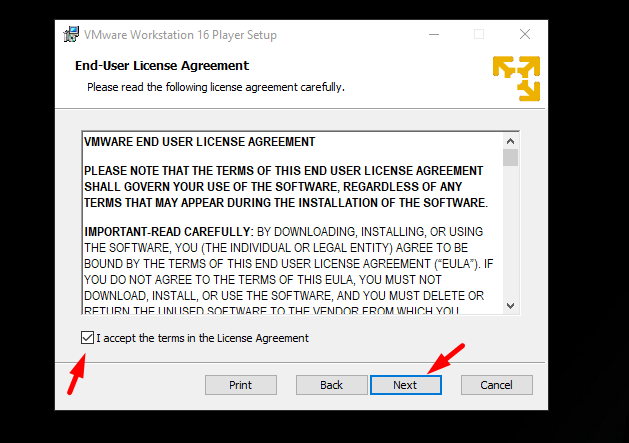
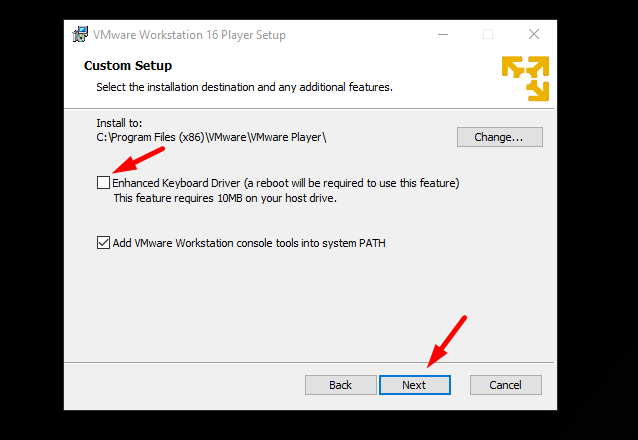
If you want quick access using desktop and start menu shortcuts, you can check those settings or toggle them off, which I prefer.
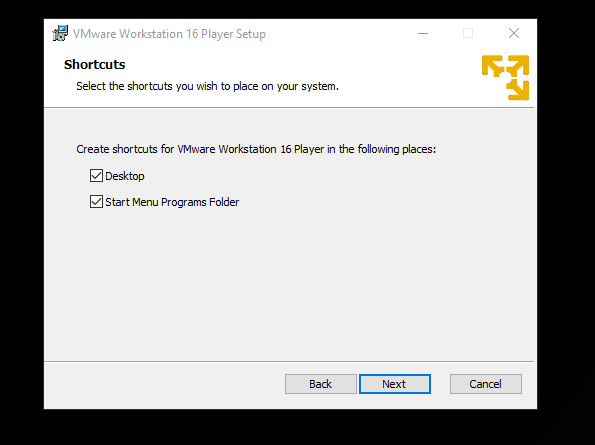
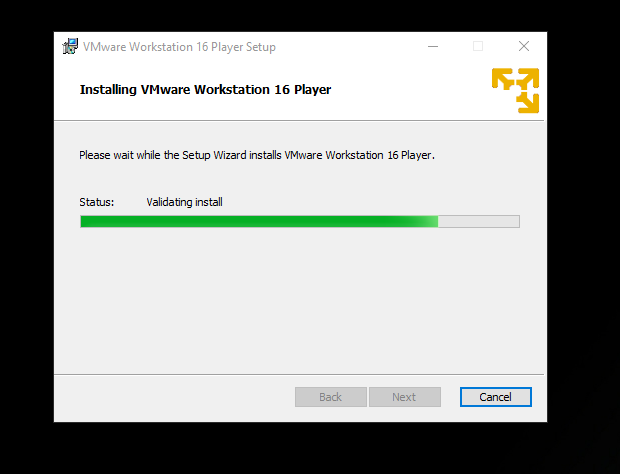
Attention! Please make sure that virtualization is enabled in your system. Recent Windows versions require that you enable the virtualization explicitly to use virtual machines.
Step 2: Install Kali Linux on VMware
To get started, you need to download the image file of Kali Linux. And, when it comes to Kali Linux, they offer a separate ISO file if you plan to use it on a virtual machine. 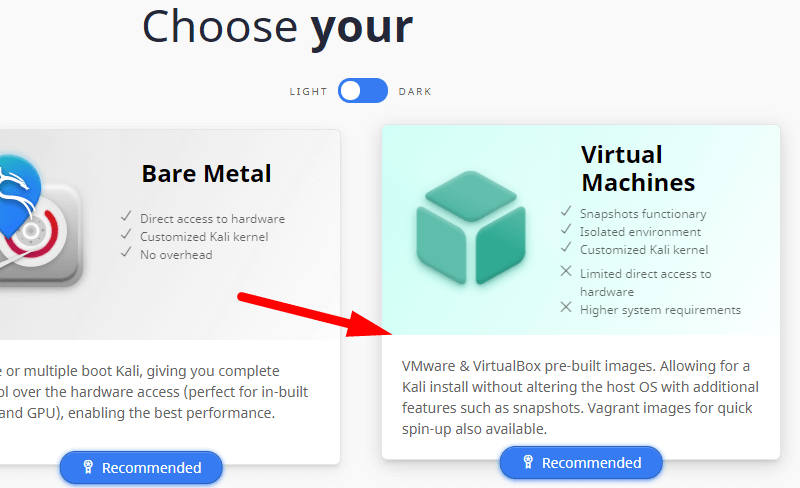
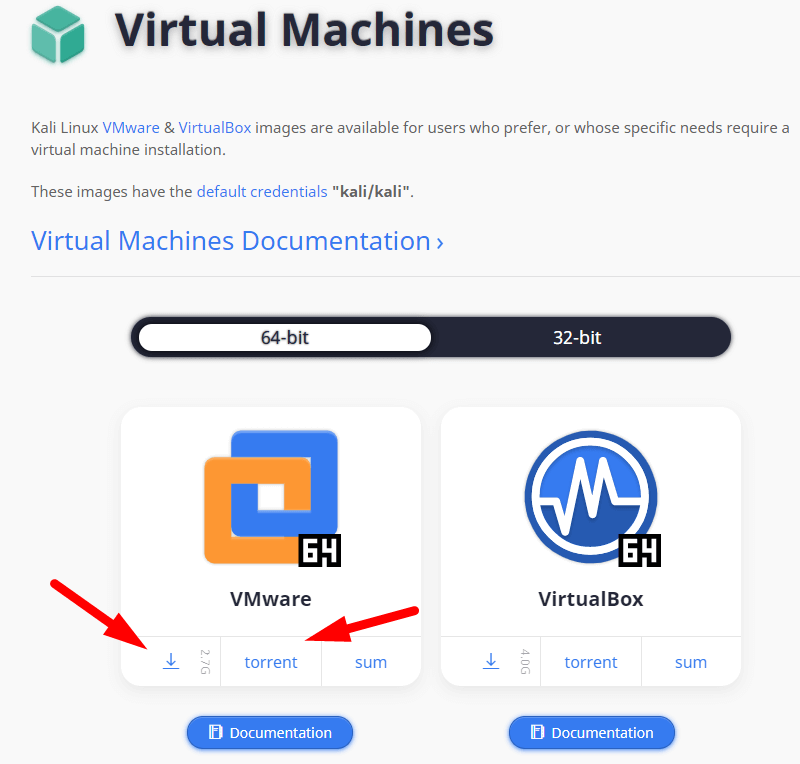
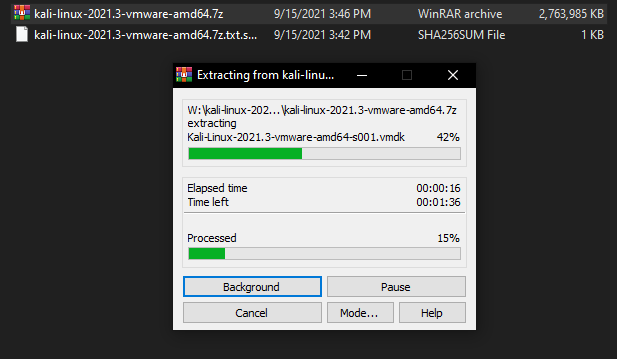
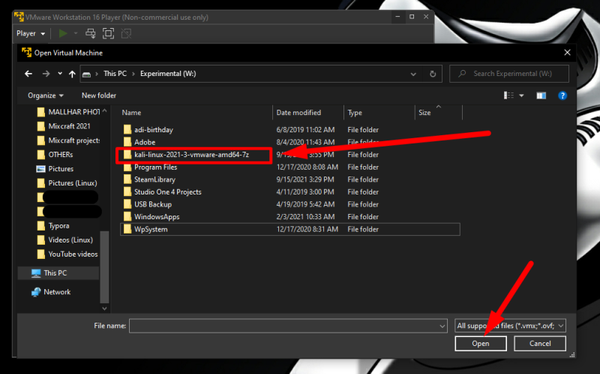
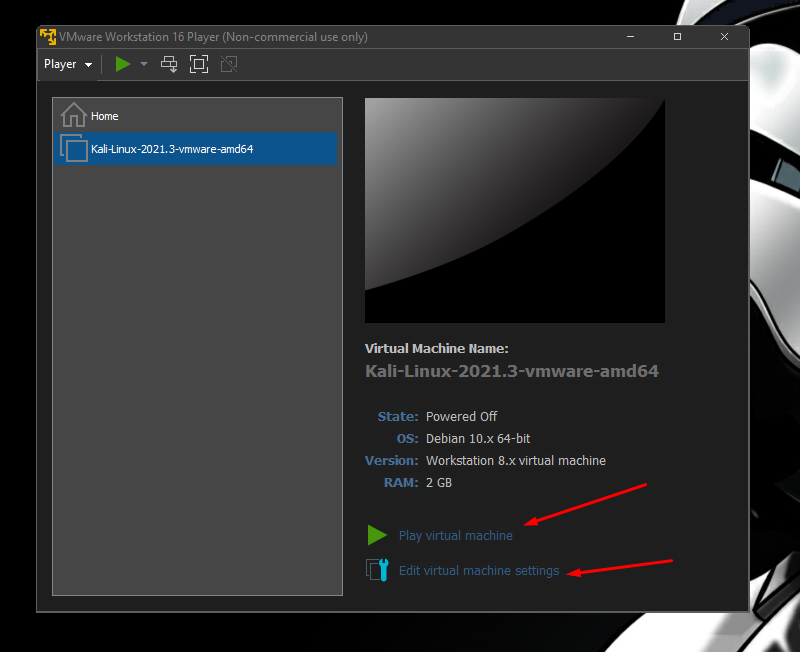
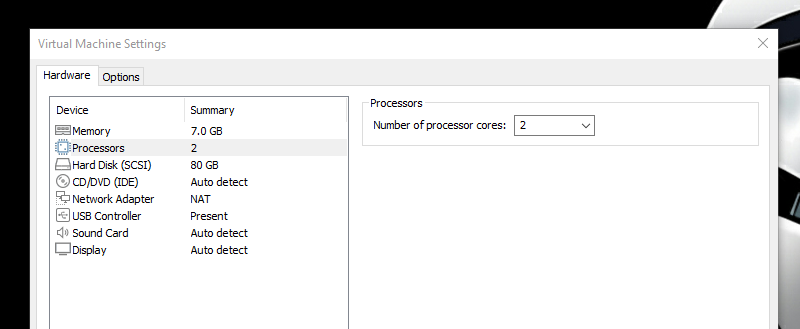
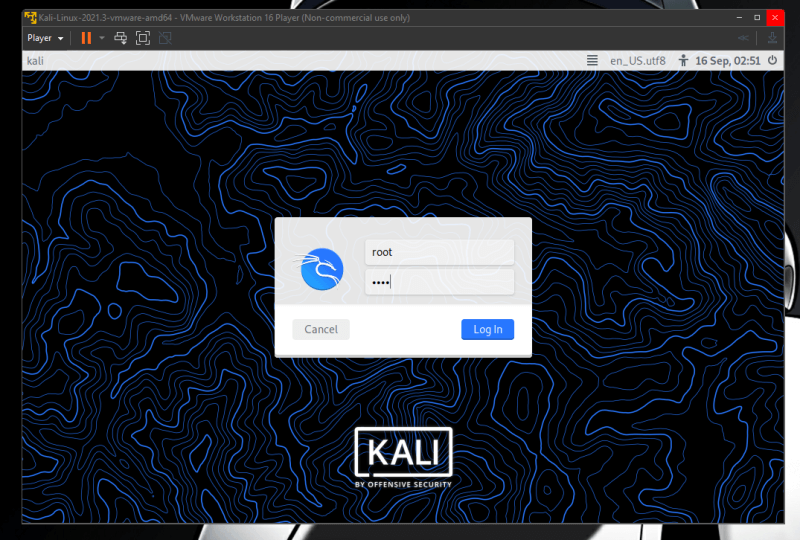
Password: kali 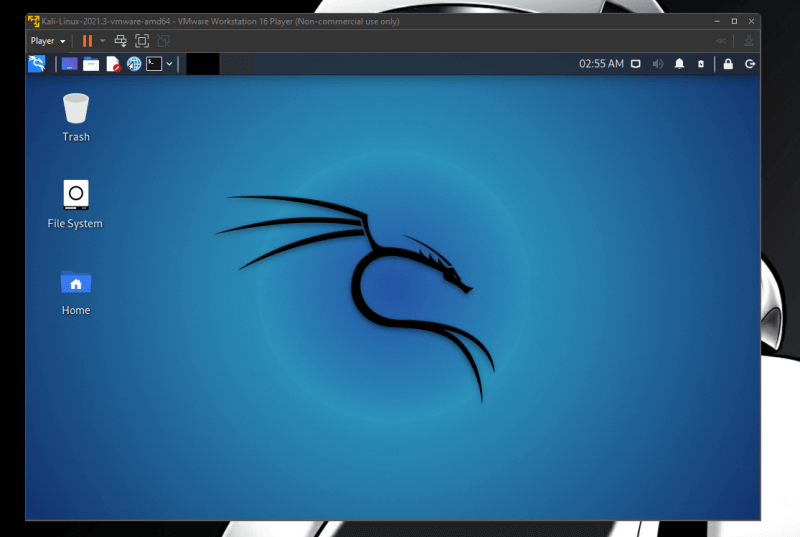
Where to go from here?
Here are a few tips you can utilize. If clipboard sharing and file sharing are not working, install VMWare tools on the guest system (Kali Linux). If you are new to it, check out this list of Kali Linux tools. In the mood for fun? Try the undercover mode. Feel free to share your thoughts if you find this tutorial helpful. Do you prefer to install Kali Linux without using a VMware image ready to go? Let me know in the comments below.
